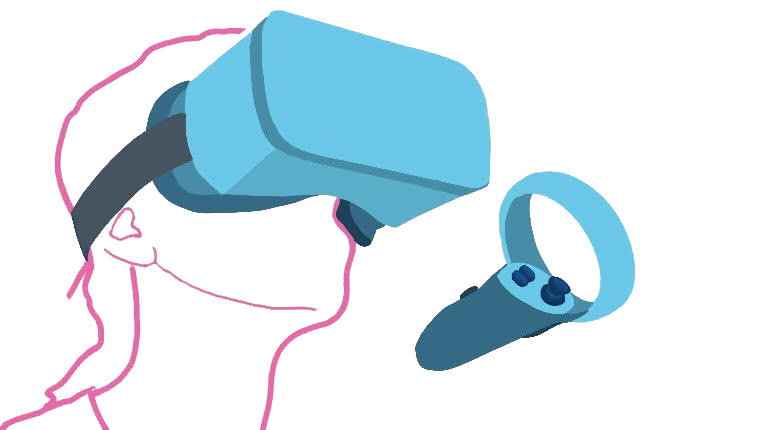
Digital Oral History for Reconciliation (DOHR) is a project that leverages groundbreaking virtual reality technology to create a digitally rendered representation of the Nova Scotia Home for Colored Children (NSHCC). The main goal of the project is to educate young people, particularly grade eleven students of Nova Scotia, on the history of the NSHCC. More importantly, the project is about showing the experience of former residents in a way that will help students foster enriching relationships with people from diverse backgrounds and propel them to lay a platform for more equitable and egalitarian societies.
Kristina Llewellyn, a member of the Games Institute and Social Development Studies professor at UW, founded the DOHR project with support from survivors of the NSHCC, in partnership with the NSHCC Restorative Inquiry and the organizational Victims of Infant and Child Exploitation Services (VOICES). Their efforts to implement the project at a much larger scale are ongoing, but given the size of the project, its timeline could be impacted owing to the current COVID-19 situation.
“The primary objective is to meet the requirements of the project’s framework rather than directing attention to technological determinism. In other words, the role of virtual reality is not the sum and substance of the project but should be thought as more along the lines of ‘means to accomplish a goal’, which in this context is revealing a historically recreated version of the story,” Llewellyn said.
The project, which was introduced to a few students during its pilot phase, had a two-week curriculum designed to encourage students to delve into the root causes of the verbal slurs they witness and contemplate possible ways to eradicate them. Students are assessed based on their performance during in-class activities, the outcome of assignments, and interviews. These parameters capture whether or not a student’s historical thinking skills have been augmented after listening to the oral histories.
Since then the research team has continued to focus on sharing knowledge pertaining to virtual reality-based learning within the academic community and the logistics of designing community-based projects. The team is also planning to incorporate a student-teacher feedback system which will become accessible as part of the final curriculum for broader applications in schools.
Llewellyn highlights the importance of effective collaboration with people from different disciplines such as history, law, design, gaming, and theatre arts to ensure the success of the DOHR. She believes that profound comprehension of each other’s disciplinary perspectives and frameworks is of paramount importance.
Llewellyn emphasized how virtual reality technology helps researchers design place-based oral history. While the visual aspect of the project brings out a wholly new technological experience, it is also important to keep in mind that the success of this project mainly depends on how effectively students grasp the information, which Llewellyn terms as the “pedagogy of listening.”
Llewellyn believes that an interactive experience results from students actively listening to stories, which is often overlooked in the education system.“Acute attention to details creates a sense of relationality, meaning wanting to understand the narrator’s experiences in ways that [have a lasting] impact on the students and makes them feel they have a responsibility to act upon the story they heard,” Llewellyn said.
This could lead to restorative action plans, where working groups and students taking part in the project are motivated to create reconciliation education programs such as sharing the story with their family members or writing children’s stories to communicate with younger students in age-appropriate ways, thereby raising awareness.
The DOHR project is expected to revolutionize the way we communicate oral stories. The results from the pilot phase roll out were positive, as students engaged in meaningful discussions during restorative circles and other group activities.





























